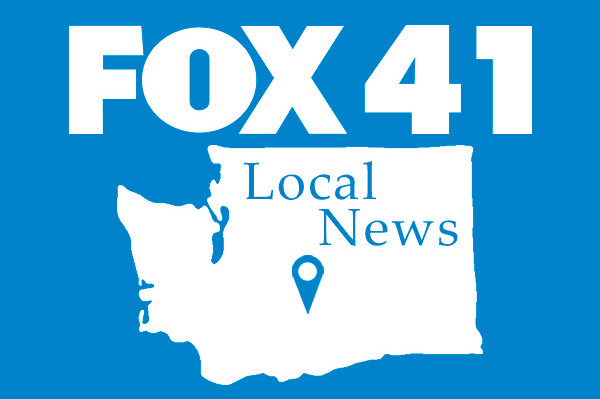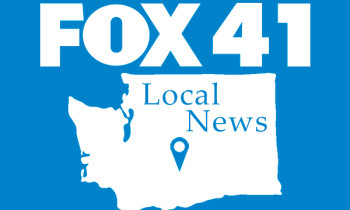
If you’ve been skipping your federal student loan bills, or you have defaulted loans, your time is running out to get back on track without harsh consequences. Two key pandemic-era relief programs are set to expire on Sept. 30: the student loan on-ramp and the Fresh Start program.
Millions of borrowers are benefitting from the on-ramp or Fresh Start — and some may not know it. To check, log into your studentaid.gov account and review your monthly payment history and loan repayment statuses. If you have missed or late payments, you’re on the on-ramp. If you have a loan listed as in default, you’re benefiting from the Fresh Start program.
In either case, you need to act by Sept. 30. Here’s how.
Student loan on-ramp: Make a plan to deal with your bills
The student loan on-ramp began Oct. 1, 2023, and lasts until Sept. 30, 2024. It’s intended as a safety net for the “most vulnerable borrowers,” the White House said last summer.
The program is automatic for all borrowers who miss payments during this time — there is no enrollment process. During the on-ramp, you can’t fall into delinquency or default. Missed payments won’t be reported to credit bureaus.
Roughly 3 million borrowers have taken advantage of the on-ramp and were at least 30 days late on their loans as of June 30, according to Federal Student Aid office data.
If you’ve been skipping payments, make a plan for October. Otherwise, you could face harsh and costly consequences. Once a payment is 270 days late, you will enter student loan default. Debt collectors can garnish your wages and charge hefty fees.
Here are steps to take before the on-ramp expires:
Check your student loan accounts. Log into studentaid.gov, see how much you owe and update your contact and billing info. Your servicer can answer questions. Choose a repayment plan. If you don’t select a repayment plan, you’re automatically enrolled in the standard 10-year repayment plan. For more affordable payments, consider an income-driven repayment (IDR) plan.Consider a deferment or forbearance. If you won’t be able to afford payments for the foreseeable future, consider a student loan deferment or forbearance to pause payments for up to three years.
If you want to change repayment plans, note that only two IDR plans are currently available: SAVE and Income-Based Repayment (IBR).
» MORE: How the SAVE lawsuits are impacting IDR enrollment
Fresh Start program: Sign up ASAP to lock in defaulted loan relief
If your federal student loans were in default before the pandemic, take advantage of the Fresh Start program. About 7.5 million borrowers with defaulted loans are eligible.
You must enroll in the program by Sept. 30 to get out of default and lock in benefits, including:
Loans returned to “current” status on credit reports, and negative default marks removed.Access to federal student aid and other government loans, like mortgages.Access to flexible repayment plans and potential loan forgiveness. Access to short-term relief, like deferment or forbearance.Suspension of involuntary debt collection efforts.
If you miss the Sept. 30 deadline and let your loans stay in default, you could face harsh consequences. Debt collectors might garnish your paychecks and tax refunds. You may face steep collections fees. Your credit score could plummet, making it difficult to qualify for future loans, mortgages or even apartment rentals.
You can avoid that headache — and get back on track with an affordable repayment plan — by signing up for the Fresh Start program. Here’s how:
Submit a Fresh Start request. Fresh Start enrollment is free and can take less than 10 minutes. You can do it online on myeddebt.ed.gov, over the phone by calling 1-800-621-3115 or by sending a letter postmarked by Sept. 30. Watch for servicer communication. After you sign up for Fresh Start, the government will transfer your payments from the Default Resolution Group to a federal student loan servicer. Your new servicer will contact you once your loans transfer over.Choose a repayment plan after getting out of default. You’ll be automatically placed into the standard 10-year repayment plan, but about 80% of Fresh Start borrowers sign up for an IDR plan, according to the Education Department. Half of Fresh Start borrowers have $0 monthly payments under an IDR plan.
You can apply for an IDR plan within a week or so of your loan transfer.
More From NerdWalletIncome-Driven Repayment: Is It Right for You?How to Get Income-Driven Repayment Plan ForgivenessSAVE Lawsuits: Student Loan Repayment Plan Blocked, Payments Paused For Millions
Eliza Haverstock writes for NerdWallet. Email: ehaverstock@nerdwallet.com. Twitter: @elizahaverstock.
The article Act Now: Two Key Student Debt Relief Programs Expire Sept. 30 originally appeared on NerdWallet.



